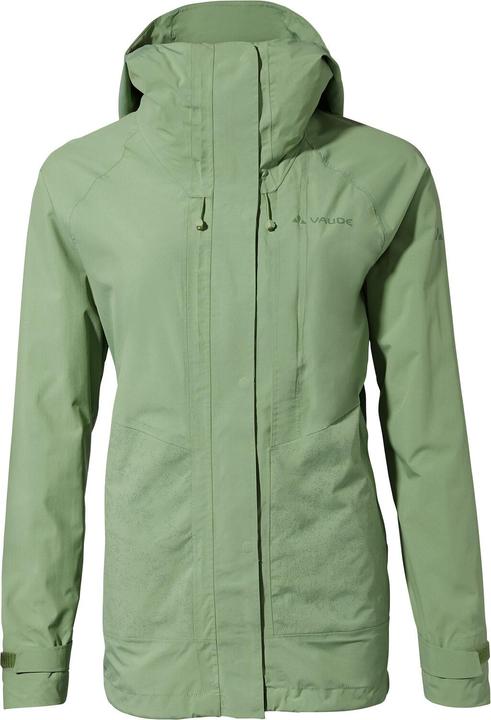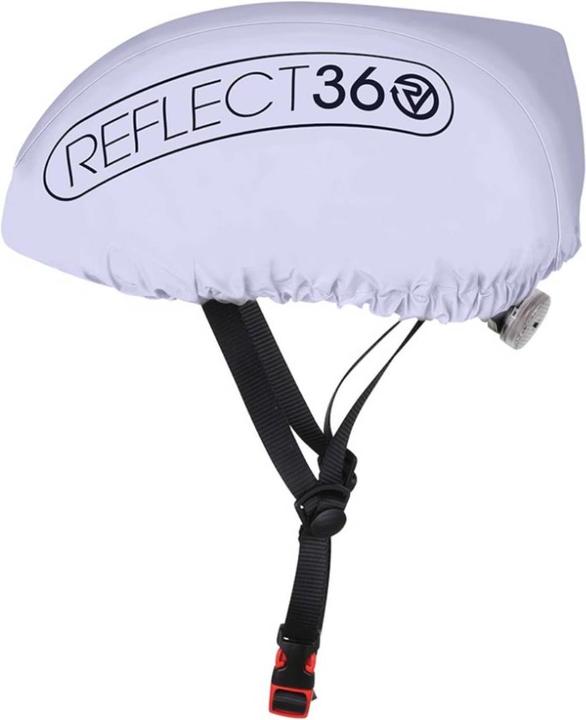

This keeps you visible on your bike even in the dark and at dusk - and therefore safe
Visibility brings safety - that doesn't just sound like a police slogan, it really is one. And the content is correct: if you commute to the office by bike in autumn and winter, you should ideally light up like a Christmas tree.
Autumn and winter are the time for bright clothing. Sure, nobody likes wearing neon colours. But what must be done, must be done. The police figures are clear: the risk of accidents for cyclists is significantly higher in the dark than during the day. This also applies to pedestrians. And woe betide you if it rains or snows. Then the risk of becoming a victim of an accident is even greater.

So, enough scary facts and finger-wagging. Read on to find out what you can do to minimise your personal risk. I have already tested the first products mentioned in the recommendations myself and can recommend them with a clear conscience.
1. wear light-coloured and reflective clothing
It is obvious that a dark jacket is difficult to recognise against a dark background, such as the night sky. Our human eyes are simply not made for this. We are not cats of prey or owls.
The right clothing for the dark is therefore bright colours: Yellow, orange, a light green. And if you don't want to look like an irradiated banana for aesthetic reasons, there are jackets that at least have light-coloured stripes or reflectors. That also helps.
By the way: in autumn and winter, bright items of clothing also make you more visible during the day. Those with a more yellow reflective material are even better than those with a silvery-white colouring.
2 Equip yourself with reflectors
Reflectors make you visible when you are hit by a car headlight. They are an alternative if, for example, you have a rather dark cycling jacket and want to temporarily upgrade it for autumn and winter. A classic here is the gilet made of reflective material. You can fold it up to a practical size after use on the bike and before entering the office and stow it in your rucksack.
A gilet from Abus is also actively illuminated in addition to being reflective. A red LED is sewn into the back, which lights up for up to three hours on a single charge.
Reflectors on trousers are also particularly recommended, especially as they are often dark. Simple and inexpensive trouser clips are ideal here.
I'm a big fan of reflectors in the spokes. Not only do they provide safety, but they also look nice when a car lights me up from the side.
And there are solutions for helmets and rucksacks, each with a cover that takes over the safety function. With the helmet cover, you are also protected from the rain.
3. illuminate yourself with flashing lights
If passive lighting via reflectors isn't enough for you - how about active lighting? This is where an Abus product has convinced me the most so far. The magnetic clip fits onto my rucksack, jacket or the back of my helmet. I can activate a flashing or continuous light at the touch of a button.
A combination of reflector tape and active flashing light is the "Active Bar" from Abus. You can attach it to your arm or leg using the Velcro fastener. The red flashing light is powered by a button cell battery.
Bike helmets can often be retrofitted with rear lights. Either there are already suitable cut-outs for this (for example at Alpina or Uvex), or the rear lights can be clicked on (for example at Giro).
4. comply with regulations and laws
A final note: Even if you equip yourself with all the reflectors and indicators that I have presented to you here, your bike must still be lit in accordance with the regulations. This means, for example, in Switzerland:
- At least one front-facing and one rear-facing reflector must be permanently attached, but may also be removable.
- The front reflector must shine white.
- Pedals must have reflectors at the front and rear.
- The illuminated area of the rear reflector must be at least ten square centimetres.
- The lights on bicycles must not dazzle.
- The lights must be visible in good weather conditions at a distance of 100 metres "by the light of a motor vehicle's main beam"
- The bicycles must be illuminated from the beginning of dusk until daylight; in addition, when the weather requires it.
Since 2022, e-bikes in Switzerland must also have their lights switched on when travelling during the day.
If you are interested, you can read the exact text of the regulation here. In Germany, the text of the StVZO applies to the lighting of bicycles, which the ADAC has thankfully translated into understandable German, in Austria the "Bicycle Ordinance" regulates what kind of lighting is required.
On this page of the Swiss Accident Insurance (SUVA) you will find further information on visibility on the bike.
Cover photo: SUVAJournalist since 1997. Stopovers in Franconia (or the Franken region), Lake Constance, Obwalden, Nidwalden and Zurich. Father since 2014. Expert in editorial organisation and motivation. Focus on sustainability, home office tools, beautiful things for the home, creative toys and sports equipment.





















